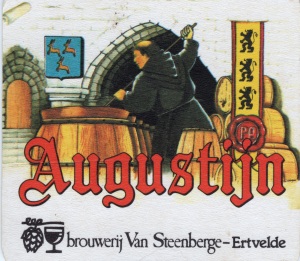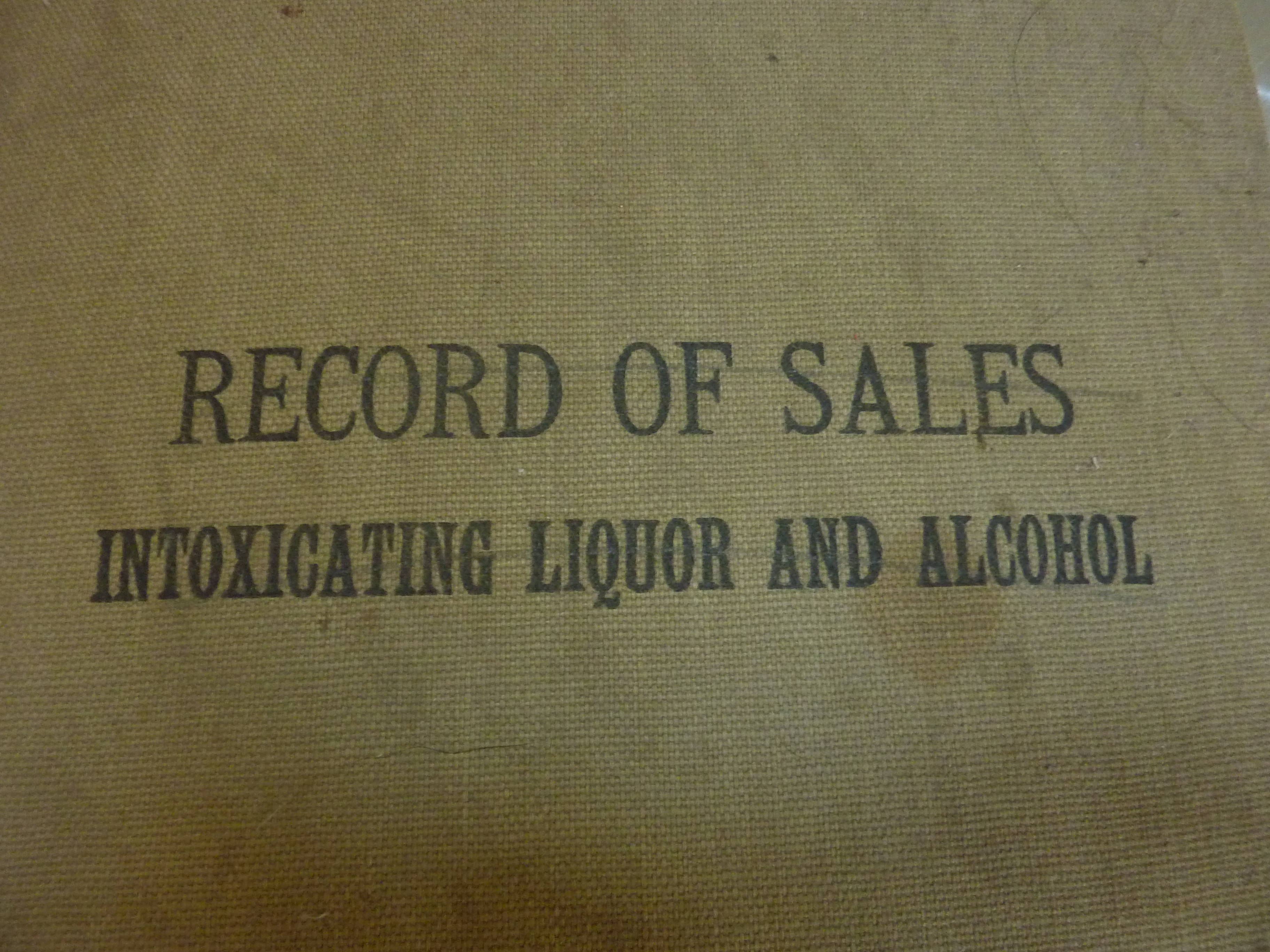Happy New Year!
Some snow has fallen and, as always, progress is progressing. We’re down to just a few inspections left, and I can identify them all! Much different than in the middle of summer when I was busy trying to find out all of the various entities that needed to weigh in on my project (and collect their respective fees). Here is a retrospective that almost brings a tear to my eye (in joyous celebration or painful memory, I’m not sure which):
- Internal Revenue Service (Federal Tax ID)
- Food & Drug Administration (Notification of Food Processing Facility)
- Alcohol & Tobacco Tax and Trade Bureau (Excise Taxes, Brewers Bond, Plant Registration)
- Oregon Liquor Control Commission (Brewpub License, Alcohol Servers Permits,
- Oregon Secretary of State (Business licensing, name registration)
- Oregon Department of Agriculture (Facility recommendations for food processing facilities)
- Oregon State Boiler and Pressure Vessels Program (Inspection of steam kettle)
- Deschutes County (Type 2 Home Occupation, Plan review and approval, Plumbing, Electrical, and Mechanical permits and approvals)
Upcoming:
- Label Approval (TTB)
- Formulation Approval (TTB)
- Certificate of Occupancy (Deschutes County)
- Liquor Liability Insurance (OLCC)
- Facility Approval (ODA)
In addition to these super fun details, I’m working on finalizing the label for Sahalie with graphic designer, Sarah Fish as well as fleshing out the remaining parts of the web page with Accomplice Creative. The brewing methodology is incubating and developing as I set up the equipment and mull over the process flow. Now, these tasks are fun. I’m very excited about how all aspects of this project are coming together (I think this is called ‘branding’…). From the inception of this brewery as a dreamlike vision, we are incorporating all of the elements that initially excited me about it (see prior posts). The central point on which I hang my proverbial hat, however, is this:
I am a non-conformist, this brewery is my shrine.
While I wasn’t raised in a non-conformist environment, it has become quite apparent that I gain satisfaction from going against the grain. I use this attribute as a bell weather to gauge my success in many ways. The most recent example occurred just the other day when I was discussing my brewery project with a fellow successful brewer in town. When describing my vision for how my fermentations would take place, he acknowledged that, yes, he understood my resistance to rush into beer production because it sounded like a total disaster. I received my initial shock (as usual) where I question myself…had I made a huge blunder? Was it going to end up a disaster? Perhaps. But in reality, the disaster would only last a short time, until I figured out this process I’m searching for. Then, ha-HA! I will be successfully implementing this off-the-wall idea, brewing beer like no one else is doing (to my knowledge). Yes, it is like receiving accolades when brewers eyes gape a bit, when folks go a bit cross-eyed when I ramble on about my little brewery. I am tremendously excited about the potential…but how can I make this experience of the unknown as exciting for you as it is for me? It is not my goal to confuse or irritate fellow beeries by omitting information or by intentionally circling around answers to questions by simply stating, I DON’T KNOW (My family is used to this by now, so they don’t really count). This post is dedicated to celebrating the differences between The Ale Apothecary and other breweries & wineries. Many of these differences arise from the effort to invigorate the beer scene with a physical connection to our past. We brewers discuss at length how our trade pre-dates just about everything. We talk about the origin of the IPA, about ancient brewing texts in remote Siberian monasteries, about lager yeast hitch-hiking from Patagonia to Europe in the late middle ages. We’ve got a language that has endured centuries and traditions that have endured more. In many ways, beer itself IS history in a bottle, regardless of the brewery it came out of. What do we think of when we imagine the absolute height of brewing art? Here’s one of my favorites:
It is invariably imagined as it is shown on this quaint beer coaster of mine: A lone brewer, buried deep inside some cave of a brewery choked with oak barrels. A glass, a hop cone, a crest of some sort or another. It’s very dreamy, isn’t it? Literally dreamy. Here is a photo on the website of the actual brewhouse used in production:
Now, this is where I need to be very explicit and clear. I love this beer. I don’t care that the image portrayed on the coaster does not actually represent how the beer is brewed. What intrigues me is our collective emotion when presented with an image like the one on the coaster. I know that for us brewers and beeries, our heart rate increases a bit, our vision may become a bit foggy, and someone may have difficulty communicating anything to us for a few moments while we do our best to relive the past, even if just for a moment. It’s not very quantifiable, this thing called love. Which makes it pretty hard to know where the line is when we brewers go shopping our product to town…unless we resort to beaches and bikinis. That stuff speaks to all of us.
It is important (indescribably so) for me to portray The Ale Apothecary as close to Truth & Reality as possible. It’s akin to the quote about truth being stranger than fiction. It’s my call to the artists in you. It’s an education to my children. It’s what Staci and I are trying to provide for each other whilst on planet Earth (Whilst!).
Let’s call this (the Truth & Reality part) The Present.
The Present is affected (indescribably so) by The Past, and goes on to define (indescribably so) The Future.
In terms of The Ale Apothecary, The Present is an extremely small part of this equation.
Look at what The Past brings to The Ale Apothecary: Thousands of years of brewing history, a comparatively rich family history in today’s terms, an unusual similarity between brewing and apothecary that winds time around its pinky finger, Deschutes Brewery’s incredible training grounds, water that took 11,000 years to come to the surface, oak barrels constructed as they were hundreds of years ago, yeast that we have domesticated for our very selfish purposes…blah blah blah.
Now, look at The Future (remember, this is The Ale Apothecary): Thousands of additional breweries in the US, smaller and more unique than ever. Beer styles become the ‘old’ way to talk about beer…beeries now identifying their favorite brews by location and process. Beer and wine become a single entity, one of primary fermentation, just as distilling covers all types of alcohol (brandy is distilled wine, whiskey is distilled beer). Farther into the future, civilization eventually collapses (again). My ancestors, children of children to the nth, are brewing beer in their homes for the benefit of their tiny community using locally grown ingredients. The last person on earth is able to quaff a brew right before his/our world ends forever.
What is left for us in The Present other than to make the beer? The beer becomes a metaphor for fluid flow from the past to the future. Choices that we make today will evolve into the substance of tomorrow…hence my death grip on The Truth.
My fermentations? My disaster waiting to happen? Much like traveling with no itinerary, Chance will be an ingredient in every single brew. To create a modern-day, old-world, futuristic brewery, we must take specifics from the past and re-invent them for the future. Refer to our dreamy picture above. Instead of eliminating the oak barrels because they are impossible to clean and require lots of labor to use, we must re-invent how we use the oak barrel in the brewery. Many have done this recently with long-term beer aging where wild yeasts and bacteria live in comfort and can affect the beer at their leisure over years to create wonderful old world flavors. At The Ale Apothecary, we are incorporating oak with our mash tun, primary fermentation vessels, conditioning tanks, AND long-term beer aging. Each step is included in order to inject a little more old-world character into our beer. The biggest and most interesting step will be at primary fermentation, where I intend to create a viable and ever-changing house yeast strain by utilizing as many yeast strains as possible. So called wild yeasts and bacteria will invariably be present as well. The goal is to manage a continuous fermentation by adding wort at times, yeast at others, and removing beer that has undergone a very unique mixed fermentation, which is a modern-day twist on how fermentations occurred in the past. Prior to the late 1800’s, brewers didn’t know much about individual yeast strains, and all fermentations were mixed, containing various yeasts and bacteria. Today, finding a brewer that practices spontaneous fermentation is virtually impossible, unless you go to a handful of breweries in Belgium. The fermentations at The Ale Apothecary will be unique and spontaneous, ever-changing and very different from traditional spontaneous fermentation, but our contribution to the present and (hopefully) the future.
In a nutshell (is it too late to say that?!), what makes The Ale Apothecary so different than just about every brewery out there today is that I am experimenting with the PROCESS of how beer is made, not the INGREDIENTS. I’m going to be using the same ingredients for every batch of Sahalie, but each batch has the potential of being incredibly different from one another because of the process involved. This is the distinction that I’m trying to address, to entertain you with. Today’s brewers are able to choose from an astounding array of raw materials. Hundreds of different malts and almost as many hop varieties. Yeast strains isolated and selected to perform to an exact level. Just 30 years ago, it was incredibly difficult to imagine such tools at our fingertips…so, instead of continuing as I have in the recent past, where the ingredients drove the character of the beer, I am choosing to use these tools to focus on the process where I believe all the potential lies to discover the forgotten and unknown.
Pretty soon, everyone’s going to be doing it. I can see it now, in a dimly lit and cozy setting of the future, where our beer-loving descendant has just sat down to uncork a precious bottle. Prior to setting his glass down on the beer coaster he’s been told his grandfather had used, he glances again at the image of The Ale Apothecary and gets lost in a vision of the past. A past where the idea of Chance helped to define the future of his favorite beer.



